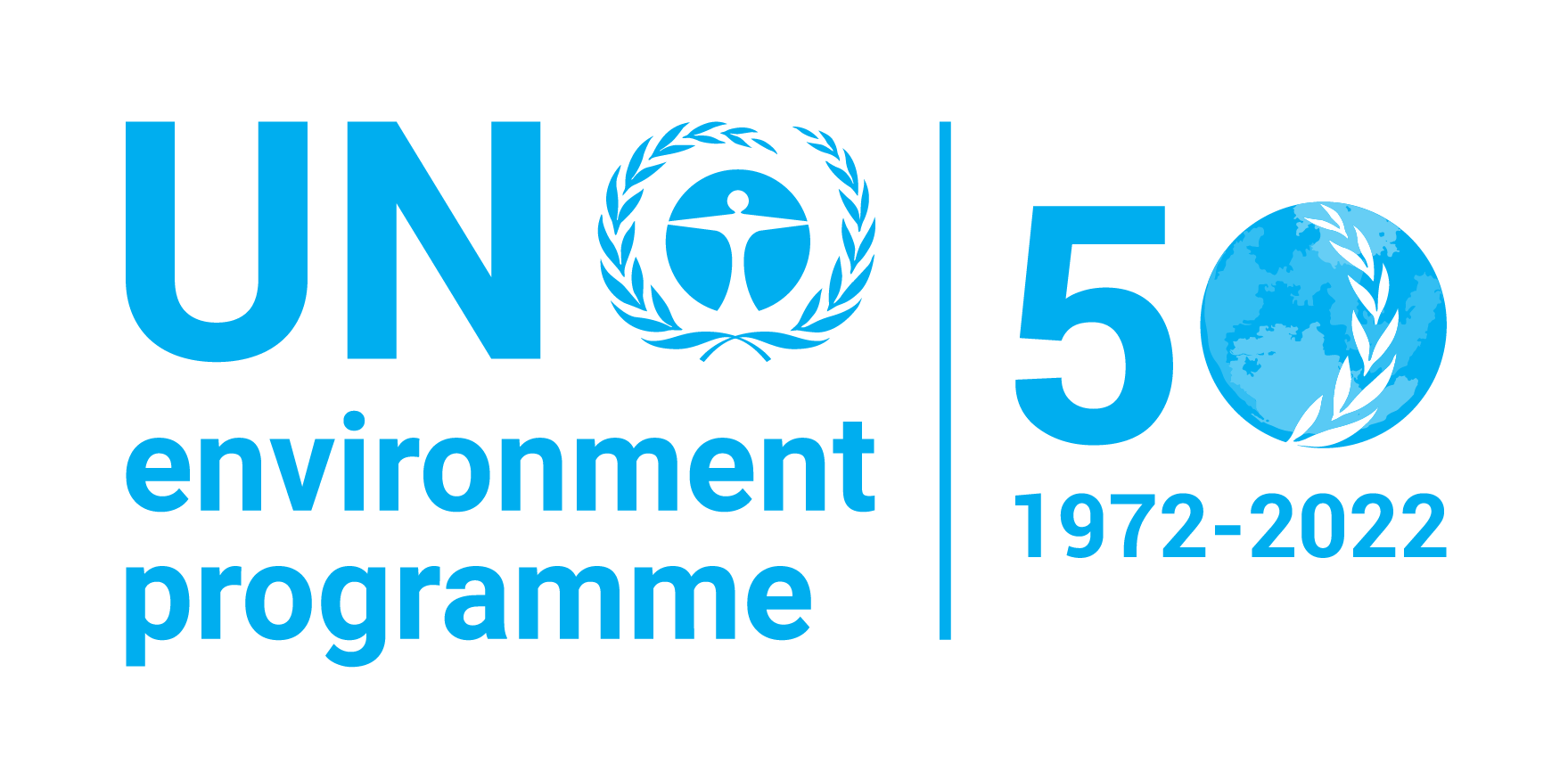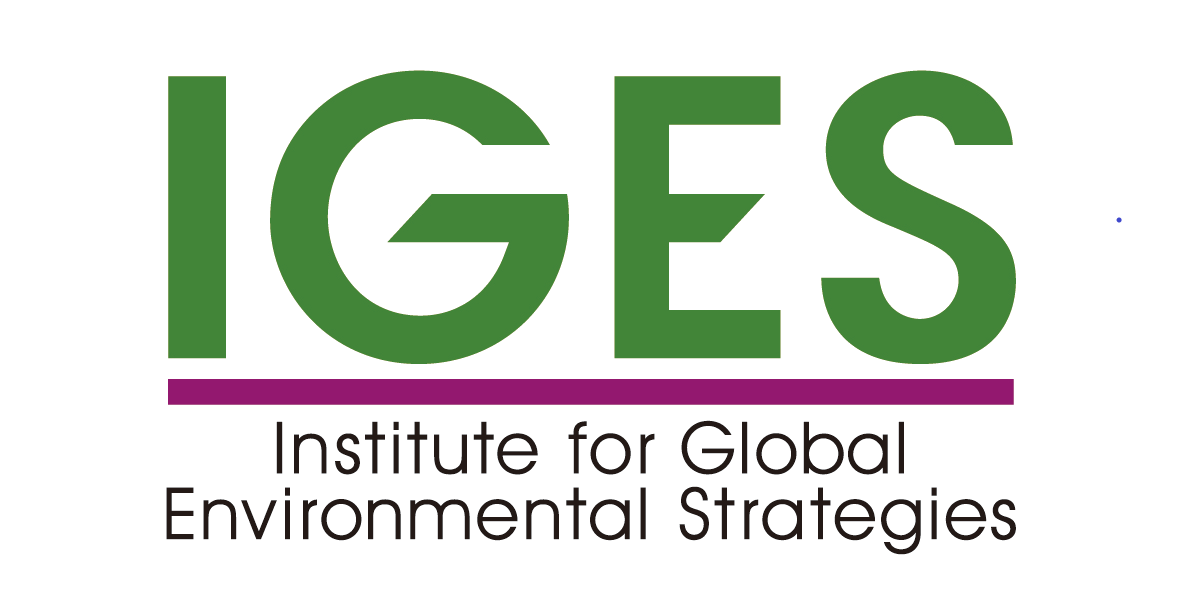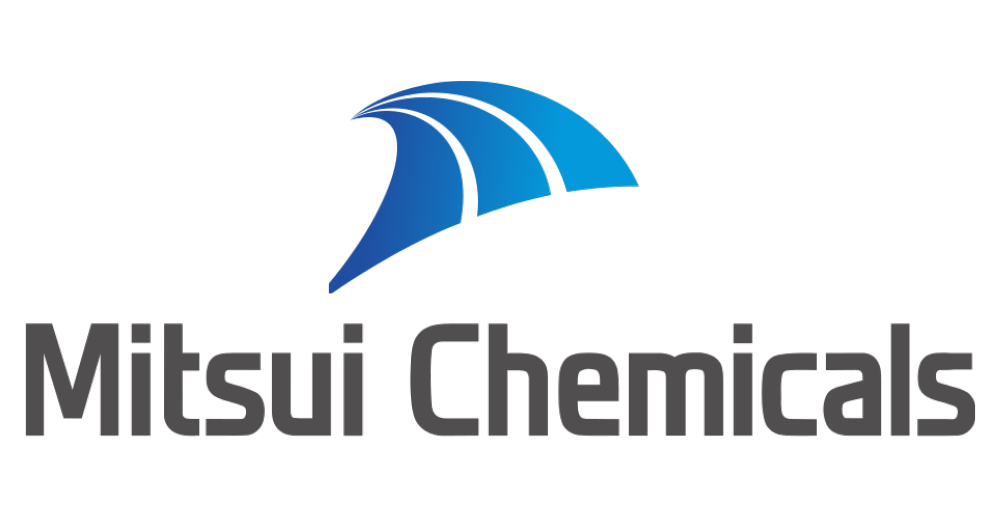Welcome

Consumption patterns are changing rapidly in the Asia-Pacific region. While this has been an economic growth success story, it has come at an environmental cost: high resource use,
fast growing greenhouse gas emissions, and rising amounts of plastic waste. Part of the problem is that lifestyles in Asia and the Pacific are becoming increasingly unsustainable.
Rising incomes and the adoption of 20th century consumption patterns have been associated with critical environmental challenges. Material and carbon footprints per capita have
increased by 123% and 85% respectively, and growth is at a rate of 7% per annum compounding. We can do better going forward. To meet the scale of the sustainability challenges
facing the region, policies and businesses must move from incremental improvement towards systemic strategies that change the consumption behavior and lifestyle of individual consumers.
There are signs of hope. Asia and the Pacific is becoming a dynamic hub for innovation and startups particularly among entrepreneurial youth. The high profile of marine litter and climate change have sparked
interest among consumers to take
action by adopting more sustainable lifestyles. While traditional players in the private sector are slowly working to provide sustainable options, entrepreneurs stand ready to fill the gap now. Major innovative ‘disruptions’ to our consumption patterns are already underway with an explosion of innovations in business under Industry 4.0 and share economy models. But they need our help to accelerate and scale up impact. In 2018, the United Nations Environment Programme (UNEP) with support from the Ministry of Environment Japan through the 10YFP, launched the Asia Pacific Low Carbon Lifestyles Challenge. This startup competition searches for high-growth disruptive startups that help achieve UNEP’s vision, such as those based on low carbon mobility, circular economy and massive energy efficiency. They provided $10,000 - $20,000 in grants, and supported entrepreneurs from Asia and the Pacific to scale up their solutions through connections with financial institutions, corporations as well as partnerships with the government.
To carry forward this work at a larger and broader scale, UNEP is collaborating with the Asian Institute of Technology in greening the startups. The end goal is to strengthen SMEs and startups that provide products and services that are inclusive, sustainable and low carbon. These businesses will provide new insights that assist policy makers in developing policy frameworks that further enable such businesses.
THE ASIA PACIFIC LOW CARBON LIFESTYLES CHALLENGE
INTRODUCTION
UNEP’s Regional Office for Asia and the Pacific has been implementing a project to support entrepreneurs developing innovative business solutions that enable sustainable lifestyles in Asia and the Pacific.
Sustainable lifestyles are only possible if there are products and services available to people that are low carbon, low waste, and meet their needs. This project aimed to encourage business solutions for sustainable lifestyles, and answer the question: how can sustainable lifestyles be part of economic development?
CONTEXT
We need to act together and bring in changes in our lifestyles for a greener plant, and a sustainable future. Air pollution, plastic waste and greenhouse gas emissions are the unwanted side effects of increased consumption. However, there are signs of hope – Asia is a dynamic hub for innovation and start-ups. The high profile of marine litter, and climate change has sparked interest among consumers for better consumption choices. We need sustainable products and services available to everyone. This is why we support young entrepreneurs to develop innovative, scalable start-ups that enable the circular economy through low carbon, low waste business models for Asian consumers. The Asia Pacific Low Carbon Lifestyles Challenge seeks entrepreneurs/start-ups in one of the following categories:
Low carbon energy: cut the amount of energy we use in our everyday lives or make the switch to a cleaner source of energy.
Low carbon mobility: electric vehicles, non-motorised transport, shared mobility – help us get from A to B more sustainably.
Plastic waste prevention: Reuse, sharing, upcycling, extended product lifespans, sustainable materials.
Learn More






